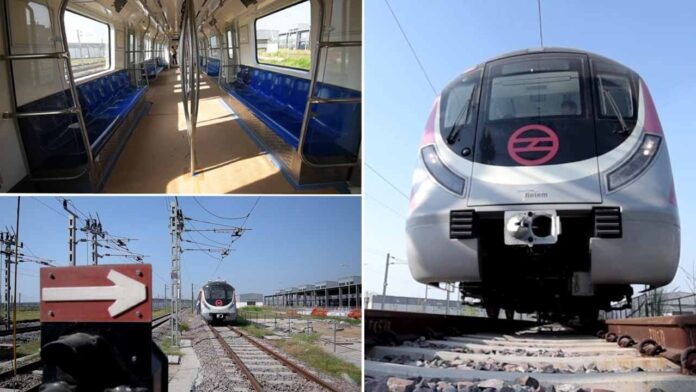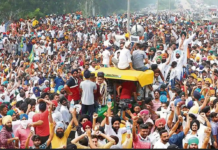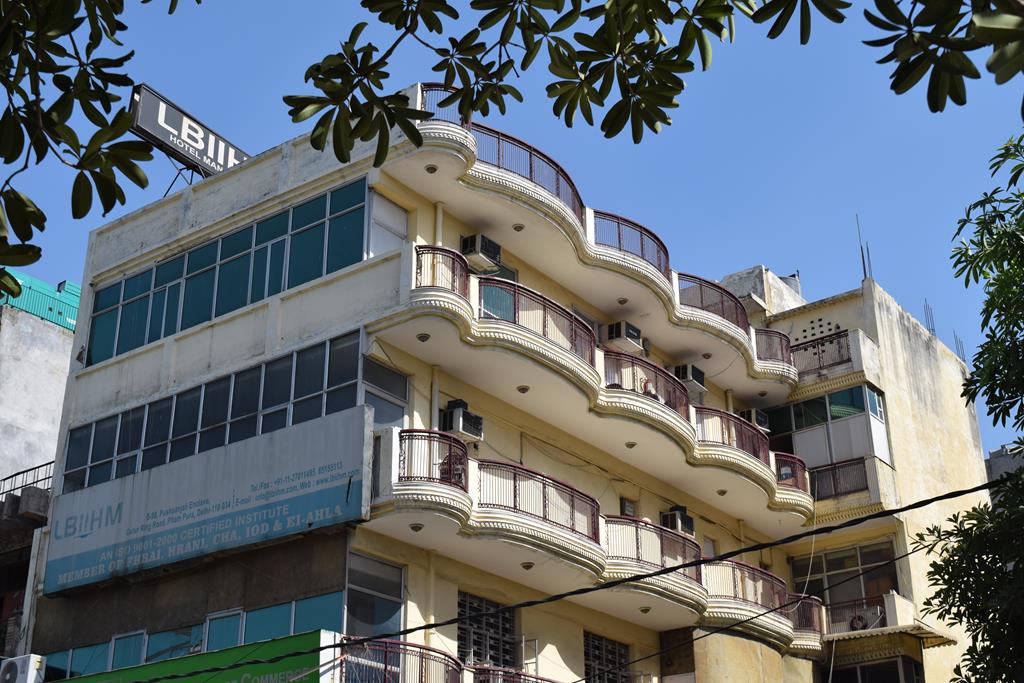Prime Minister Narendra Modi on Monday flagged off the country’s first driverless metro in Delhi.
The country’s first driverless metro will run on the 38 km long Magenta Line. The Delhi Metro network, spread over 390 km, connects Delhi and nearby cities like Noida, Gurugram, Faridabad, Ghaziabad.
Delhi Metro is the largest metro service in the country. It was first operational on 24 December 2002 on the 8.4 km route between Shahdara and Tis Hazari stations.
Since 2002, there have been many changes in the operations of the Delhi Metro. The metro railways general rule 2020 was changed to bring driverless metro. According to earlier rules, it was not allowed to run a train without a driver.
The line, connecting Janakpuri West and Botanical Garden, will operate along with the Airport Express Line along with National Common Mobility Card (NCMC) services.
The Magenta line connects Janakpuri West in Delhi and Botanical Garden in Noida. The first driverless train technology is being started on this line. There is a plan to introduce this technique on the Pink Line (Majlis Park-Shiv Vihar) by the middle of 2021.
Prime Minister Narendra Modi said during the speech after the inauguration that he had the privilege of inaugurating the Magenta Line 3 years ago and today has the opportunity to inaugurate the country’s first automated metro on this route again.
He said, “It shows how fast India is moving towards the smart system. Today the metro is also connecting with the National Common Mobility Card. It was started from Ahmedabad last year. Today it will expand the Delhi Metro’s airport Happening on the express line. “
Now how much control does drivers have over train operations?
According to DMRC, most of the train is still controlled from the operation room by remote control, which is called Operations Control Center or OCC.
From here, teams of engineers monitor the real-time train movement across the network. It is like air traffic control. DMRC currently has three OCCs, two inside the metro headquarters and one in Shastri Park.
How much control the driver and the train operator have depends on which line they are running the train on.
Older corridors such as red line and blue line have more control of the driver. They control everything from the speed of the train to the opening and closing of the doors. However, they are not able to drive faster than a fixed limit.
On other lines, drivers only give a command to run. But many times the automatic controls on these lines are also closed so that the driver is prepared for any emergency situation.
What will change on the Magenta line from December 28?
Now the metro will be operated on this line through driverless train operation (DTO) mode. In this, the control of trains can be done with three command sets of DMRC without any human intervention.
Communication based train control (CBTC) signaling technology is capable of handling trains and fixing any problem in them.
A driver will be needed in the operation of the train only when there is a need to change the hardware.
Driverless trains are a criterion of technology known as grades of automation (GOA)
The GOA runs a driver train in one technique. In GOA2 and GOA3, the driver’s role is only to open the doors and operate the train in emergency situations while the train is automatic moving and stopping. In GOA 4, the entire train runs on its own.
DMRC has this technology in place since 2017, but it has done rigorous tests before starting it. It was to begin in May 2020 but was postponed due to the Covid-19 lockdown.
How safe is the driverless metro.?
According to DMRC, many tasks related to running the metro are already automatic. There will be no need to keep an eye on the track from the cabin as high resolution cameras are installed. According to this new plan, the track and the wires passing over the train will be continuously monitored and in case of an emergency, steps can be taken immediately.
Commissioner of Railway Safety (CMRS), who on December 18 allowed the train without a driver. He is instructed to ensure that everything is visible at the command center and that the cameras on the train are kept free from moisture.
According to DMRC, he has also appointed an advisor to inspect and review the systems. DMRC will report to CMRS after the commencement of operations.
There will be information controllers at the command center, who will monitor the passengers and the crowd. Apart from this, other information related to the train and CCTV will also be continuously monitored. But still this system is away from unattended train operation (UTO) mode i.e. completely driverless mode.
So will the drivers be present on the train right now?
Until the DMRC goes completely into UTO mode, a trend metro operator will be present on the train to handle any emergency situation. The drivers will be removed as soon as the cameras will catch all the disturbances in the metro.
Over time, the driver’s cabin and control panel will also be removed. At present, the driver’s cabin is located in front and back of the train. The disturbances on the track cannot be seen with the cameras currently installed. Some changes have to be made to see the footage of the track in real time from the command center.






















































